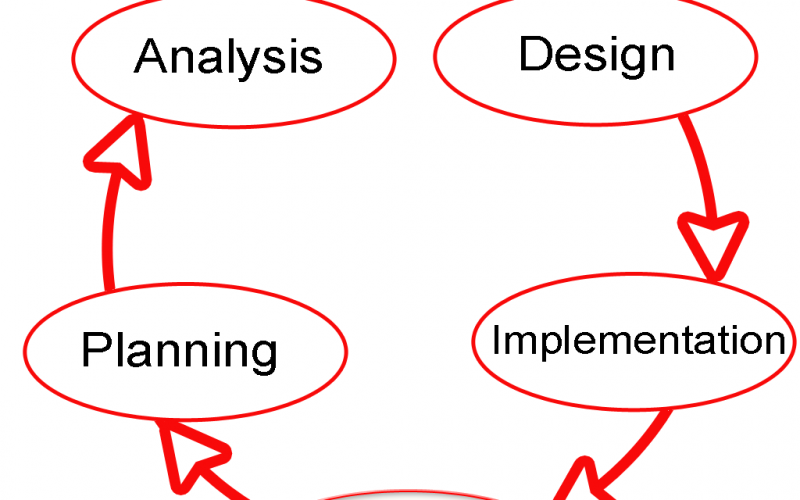Analyzing requirements is a crucial step in system analysis and design. It involves understanding, organizing, and prioritizing the gathered requirements to ensure that they are clear, complete, and feasible. Here are three commonly used techniques for analyzing requirements: use cases, user stories, and requirement prioritization.
- Use Cases: Use cases describe the interactions between system users (actors) and the system itself. They outline specific scenarios, including user goals and system responses. Use cases help identify functional requirements and demonstrate how the system will be used in real-world situations. They also assist in identifying system boundaries and actors’ roles.
- User Stories: User stories focus on capturing system requirements from the perspective of end users. They typically follow a simple template: “As a [user role], I want to [action] so that [benefit].” User stories are often written in collaboration with stakeholders and prioritize user needs and features. They provide a high-level view of the system’s functionality, usually in the form of a backlog, and help prioritize development efforts.
- Requirement Prioritization: Prioritization techniques help determine the order in which requirements should be implemented. One common method is MoSCoW prioritization, which categorizes requirements as Must-haves, Should-haves, Could-haves, and Won’t-haves. Another approach is the Kano model, which classifies requirements as Basic, Performance, Excitement, and Indifferent, based on user satisfaction and impact on the system’s success. Prioritization ensures that vital and valuable requirements receive appropriate attention during system development.
- System Analysis and Design: This involves understanding the existing system, defining its desired behavior, and designing an effective solution. Techniques such as data flow diagrams, entity-relationship diagrams, and UML (Unified Modeling Language) diagrams (e.g., class diagrams, sequence diagrams) aid in visualizing system components, relationships, and processes. System analysis and design aim to bridge the gap between user requirements and the technical implementation of the system.
During the analysis phase, it is important to review and validate the requirements with stakeholders to ensure accuracy, completeness, and consistency. This includes resolving any conflicts or ambiguities and identifying any missing information. It’s also crucial to involve domain experts and technical stakeholders during the analysis process to assess the feasibility and technical implications of the requirements.
By using techniques like use cases and user stories, and applying requirement prioritization, system analysts can gain a deeper understanding of the requirements and effectively communicate them to the development team. This analysis phase sets the foundation for the subsequent phases of system design, development, and implementation.ShareRetry
